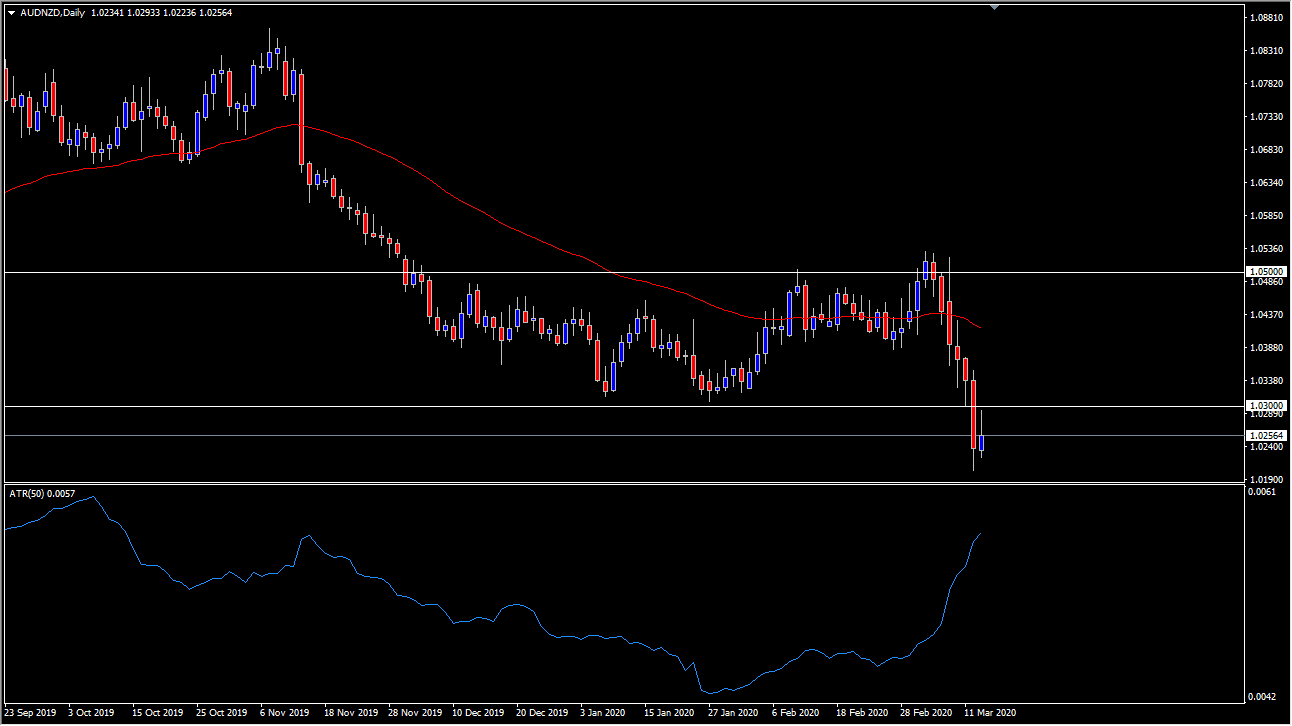Some things to pay attention to
As mentioned in the bullet points above, the Average True Range indicator doesn’t tell you which direction the price of a security is going, only that it is moving more or less as opposed to the range. This is the range between the low and the high of the day and doesn’t take into account
the shape of the candlestick, as an example.
The Average True Range indicator is used by a lot of professional traders us. They don’t tend to hold trades over the longer term, unless they are part of some type of investment firm. Your typical prop trader or day trader is going to be flat overnight, so they don’t have to worry about positions while sleeping.
Beyond that, the ATR gives them an idea of how much the market is going to move per session, so they can use that in the morning when they show up.
A lot of the same traders will scan the charts first thing in the morning to get an idea as to which markets offer the most opportunity. Remember, as a trader you need to see volatility in order to make money. A currency pair that has a very low ATR typically is an offering much in the way of profits, unless of course you are looking for some type of grinding and range bound market, which there are strategies built for.
Nonetheless, most traders don’t trade like that so the higher the ATR reading, the typically more attractive the pair will be. That being said, it also can suggest that there is more danger. Remember, where there is risk, there is reward but you need to do so in an intelligent manner, which is where using the ATR as an idea for the stop loss comes into play.
Unlike other oscillators, ATR doesn’t necessarily offer much in the way of divergence trading, which is a standard of other ones such as:
- The MACD
- Stochastic Oscillator
- Commodity Channel Index
In the past few years, some traders have found that using a longer-term ATR as being effective.
One of the more common readings is 20 candles, but the default reading is 14. Some longer-term trend traders will even use higher timeframe reading such as 50 on a daily chart. As the 50 day EMA is very common, quite often you will see a 50 ATR on a daily chart married with the 50-day EMA.
In the chart below, you can see how the 50-day EMA keeps you on the right side of the trend, and the ATR tells you when it’s time to expect bigger moves and hanging onto that short-term trade a little longer. Notice how the ATR was relatively sideways for a while, right along with the 50 day EMA. As the 50 day EMA is starting to rollover, the ATR is climbing rapidly, which of course leads to trading opportunities.

While the ATR isn’t necessarily the most sophisticated approach to technical analysis, it can keep you out of serious trouble. If you have missed a market move, you know it is very unlikely that entering a new trade would make sense.
Another thing to think about is that algorithms tend to use ATR a lot as well, as they focus on short-term setups typically. Because of this, it can also keep you on the correct side of prop shops and larger short-term funds.
Any opinions, news, research, analyses, prices or other information contained on this website is provided as general market commentary and does not constitute investment advice. ThinkMarkets will not accept liability for any loss or damage including, without limitation, to any loss of profit which may arise directly or indirectly from use of or reliance on such information.